The first big solar event since the Covid-19 pandemic shut down trade shows and conferences across the world, the 15th SNEC got off to a successful start yesterday in Shanghai, China, attracting a large number of visitors. pv magazine reporter Vincent Shaw walked the floors to talk to the PV movers and shakers and discover what new PV products and plans were on offer.
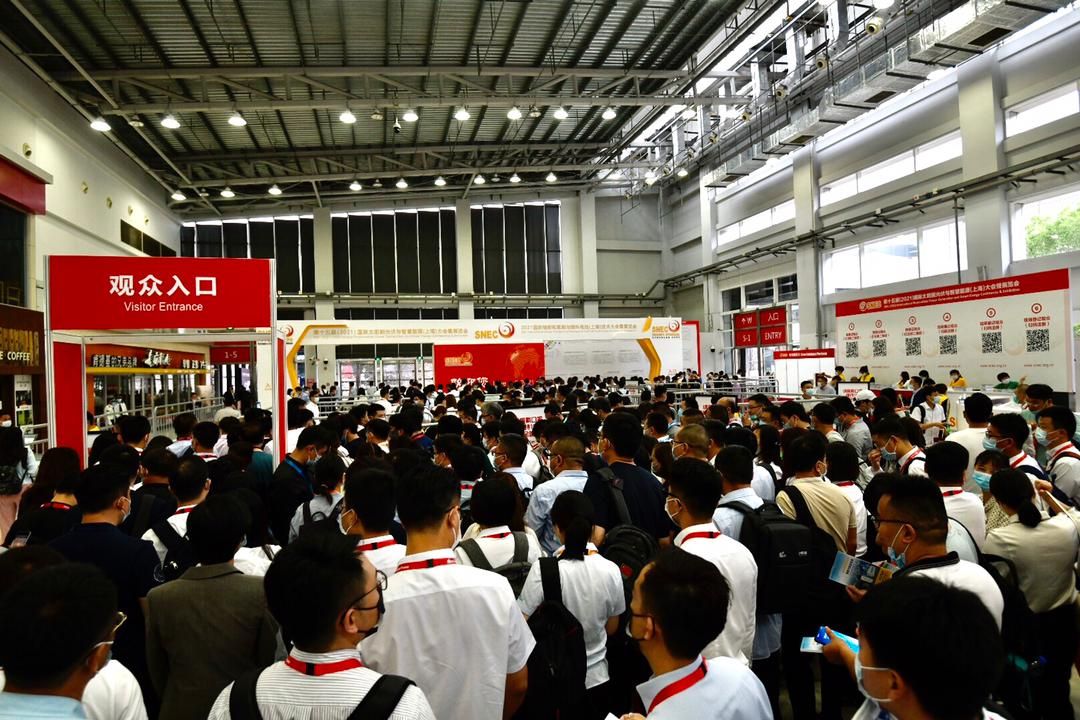
Image: pv magazine/Dave Tacon
Manufacturing giant Longi Solar unveiled its new n-type TOPCon “Hi-Mo N” PV panel. Executive vice president Dennis She said it comprises n-type HPC solar cells with efficiencies of up to 25.21%. He added the maximum efficiency of the new module is up to 22.3%, on a 570 W product.
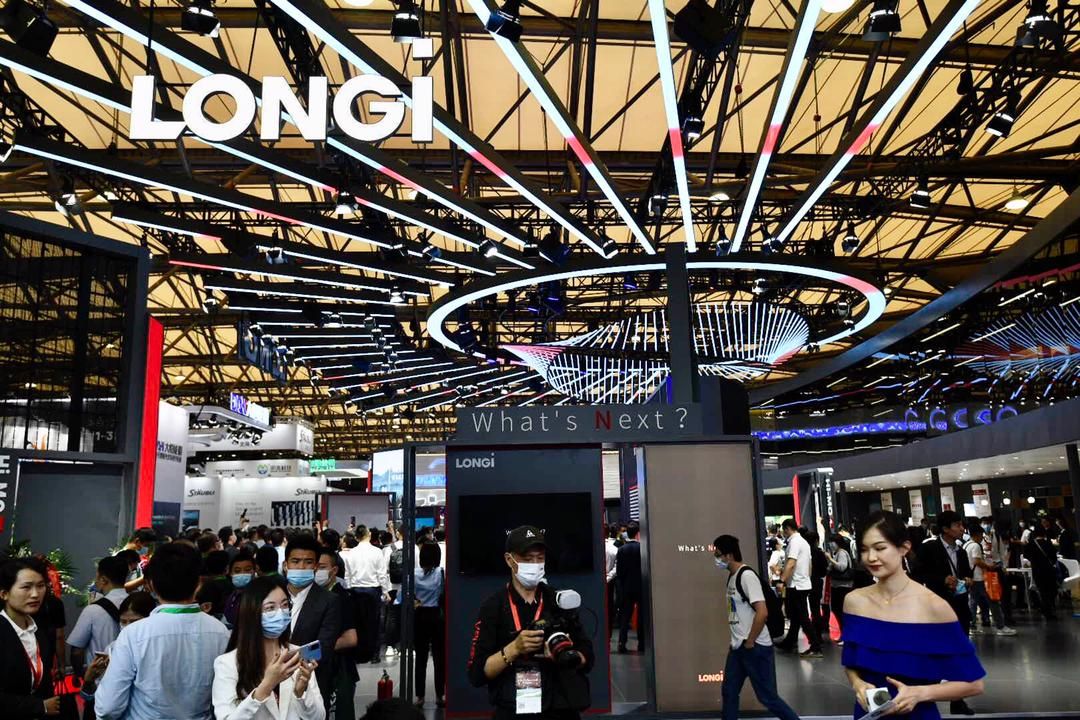
The module is also said to be PID free, with 1% degradation occurring in the first year and less than 0.4% in the following years. “HPC”, according to Li Hua, Longi’s research head of cell tech, represents the terms “High Performance Cell” and “Hybrid-Passivated Contact”.
Given the company’s scale, and current high price of n-type cell technology, the news is interesting in terms of what this could mean for prices going forward. Analysts predict that by 2025, n-type will start to become the dominant technology. Big manufacturers getting involved is important to that trend being realized.
Strategic hydrogen agreement
Longi also signed strategic cooperation agreement with the Shanghai Tongji University to establish a Hydrogen Laboratory in Shanghai for research into green hydrogen.
Equipment, hydrogen storage and transportation, and applications for green hydrogen, will all be focused on. Li Zhenguo, board chairman and president of Longi said the company aims to be the world’s leading hydrogen technology company and will work closely with Tongji for technology research and development, personnel retraining, and transformation from R&D to production.
More new PV modules unveiled
Huansheng Solar, a joint venture between Zhonghuan Semiconductor and Maxeon, which focuses on the PV module side of the business, also released two new module products at SNEC 2021.
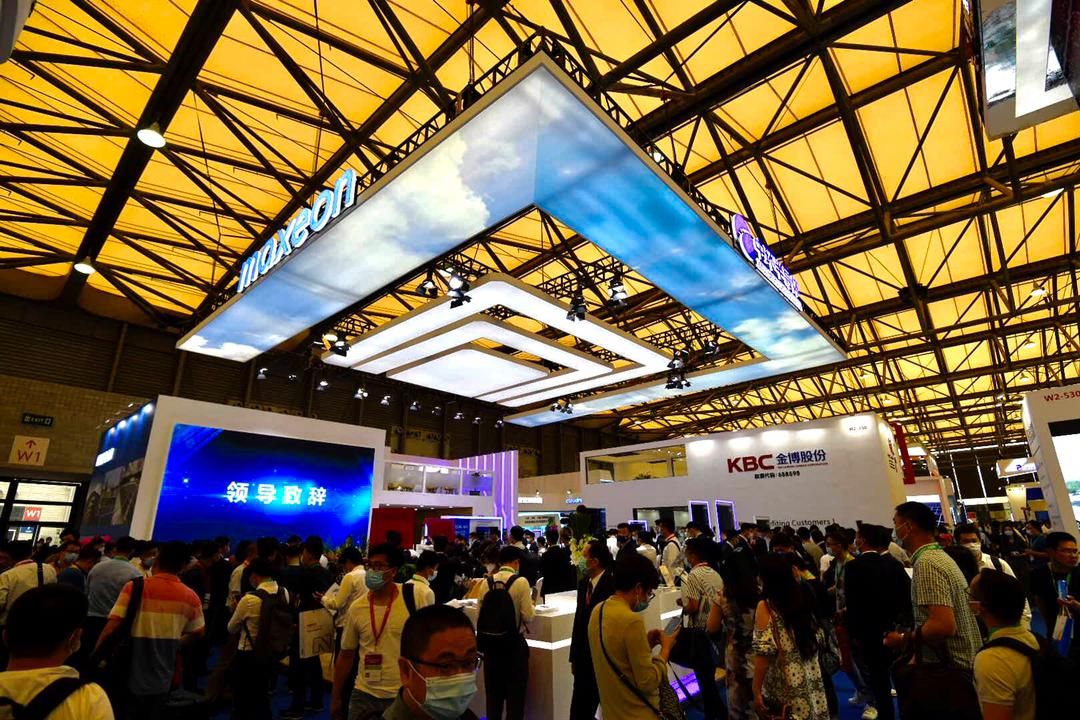
The first is a new 670 W power module based on Zhonghuan’s 210 mm large size wafers. The G12-69P bifacial duo-glass panel is equipped with stacking technology and has an efficiency of 21.6%. To achieve this, Zhonghuan used laser curve cutting and conductive adhesive to connect the cells. According to the company, the new product is particularly suitable for utility-scale PV projects.
The second solar module utilizes interdigitated back contact (IBC) cell technology. The total weight is said to be around half that of traditional products on the market, because the cells’ thickness are roughly 1/10th that of regular cells. Its efficiency, meanwhile, is reportedly above 21%. Zhonghuan did not mention costs or when the IBC module will go into mass production.
Suitable for residential PV
JinkoSolar released its latest Tiger Pro series PV module with a power output of 415 W. Its dimensions comprise 1.1 m x 1.7 m, and it weighs 22 kg, making it suitable for single-person installation.
With a super high load capacity of 6000Pa/4000Pa, this module is especially suitable for the residential rooftop PV market. Jinko provides a 15-year quality assurance and 25-year power generation guarantee for this product.
Popular content
Zero-gap technology
JA Solar also released a new module, the DeepBlue 3.0 Pro, which is an upgrade of its previous DeepBlue 3.0 product. Utilizing new zero-gap technology, efficiencies of 21.7% have been reached – said to be 0.4% higher than the previous version, while still available at the same cost.
A 72 cell glass/backsheet module achieved a power output of 560 W. And the larger 78 cell product reached 605 W. Compared to other high-density interconnection layouts, JA Solar says its new DeepBlue module uses advanced soft connection and erases the risk of cracks on connection.
JA Solar said 182 mm wafers are the optimal size for this PV product. All of the company’s new module products are now based on 182 mm wafers, its PERCIUM cell tech, and 11 busbar and half-cut technology.
New generation PV inverters
TBEA released its new generation 1500V 300KW+ string inverter products: the TS315KTL-HV and the TS330KTL-HV, which boast a maximum capacity of 315 KW and 330 KW, respectively.
These string inverters support 24 input lines, 12 MPPT with a maximum current of 48 A for each, and are said to be suitable for both 182 mm or 210 mm based high power PV modules.
Based on this new 300 KW+ series PV inverter, TBEA is promoting system solutions for 4 MW PV installation units. According to its calculations, compared to a conventional unit of 3.15 MW, the new 4 MW unit will reduce average construction costs by 2.36%, cable costs by 0.36%, installation costs by 0.16%, and O&M costs by 1.62%. Meanwhile, the total levelized cost of electricity (LCOE) will be reduced by around 1%.
Floating PV
Sungrow Floating PV, a subsidiary of inverter manufacturer Sungrow signed a strategic R&D cooperation agreement with Jiangsu Ocean University for the development of floating PV technology in offshore and coastal beach settings, and for personnel training.
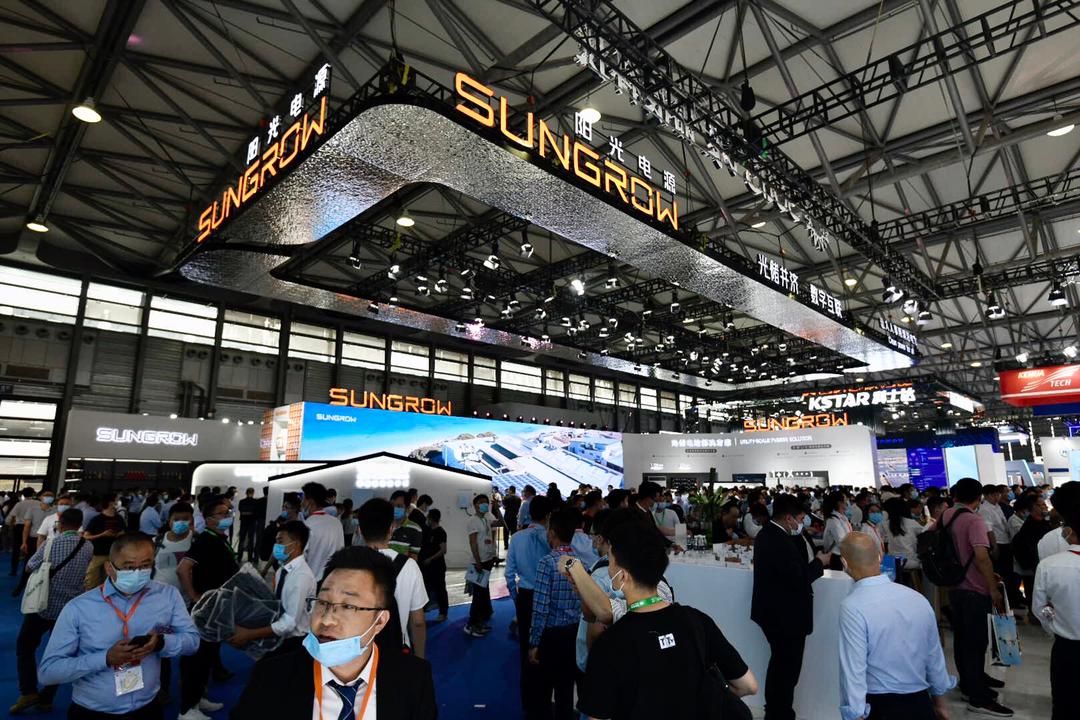
Image: pv magazine/Dave Tacon
Sungrow said China has plenty of offshore areas for floating PV installations. However, because the sector faces severe conditions, such as wave impact, for example, it is essential that floating arrays and anchorage systems have a high wave tolerance.
The strategic cooperation with Jiangsu Ocean University will allow the two parties to work closely together to target key technologies and solutions for such issues.
Largest inverters
Solis came to this year’s SNEC with its flagship string inverter product, the G6-GU320K-EHV – a typical representative product for the high current and high-power market. The inverter’s maximum power is up to 325 kWA, making it one of the string inverters with the highest power rating to date.
This inverter uses 1500 VDC and can work in temperatures ranging from -45 to 60℃. According to Solis, in extreme conditions, the total output in 25 years for this inverter type will be higher than conventional types by at least 3.4%. Furthermore, the maximum current input is 45A for each MPPT, which makes it the largest MPPT current string inverter, and this greatly improved the system safety.
Watch out for more reports from SNEC later.
This content is protected by copyright and may not be reused. If you want to cooperate with us and would like to reuse some of our content, please contact: editors@pv-magazine.com.
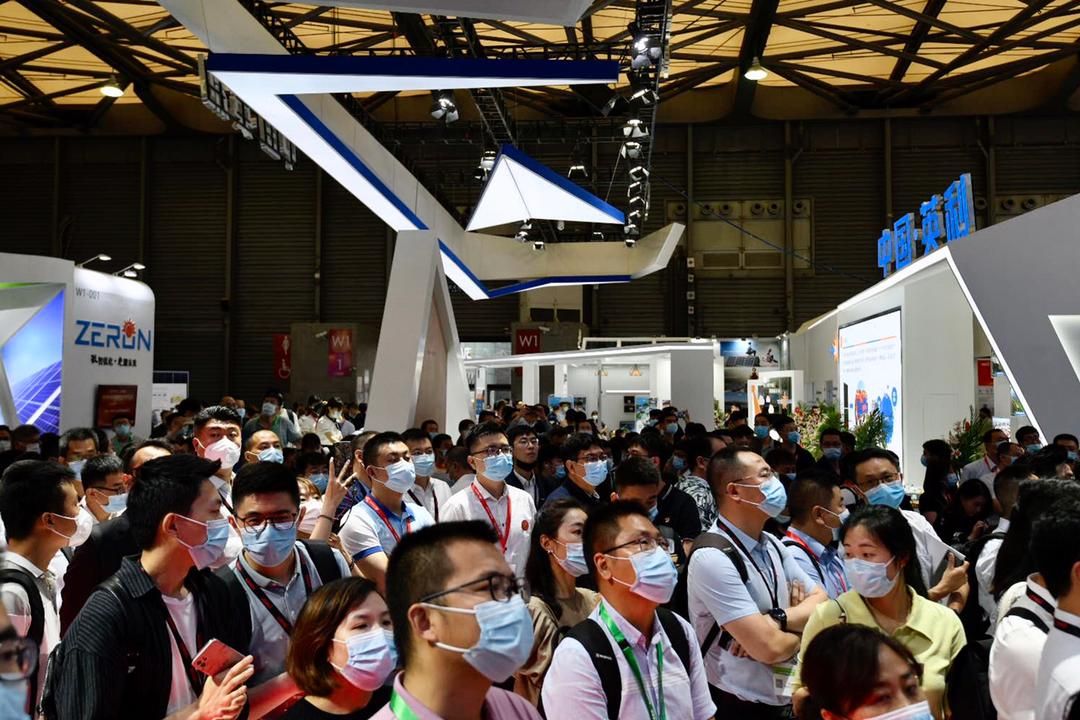

I am glad to this article. Thank you very much to share with us.